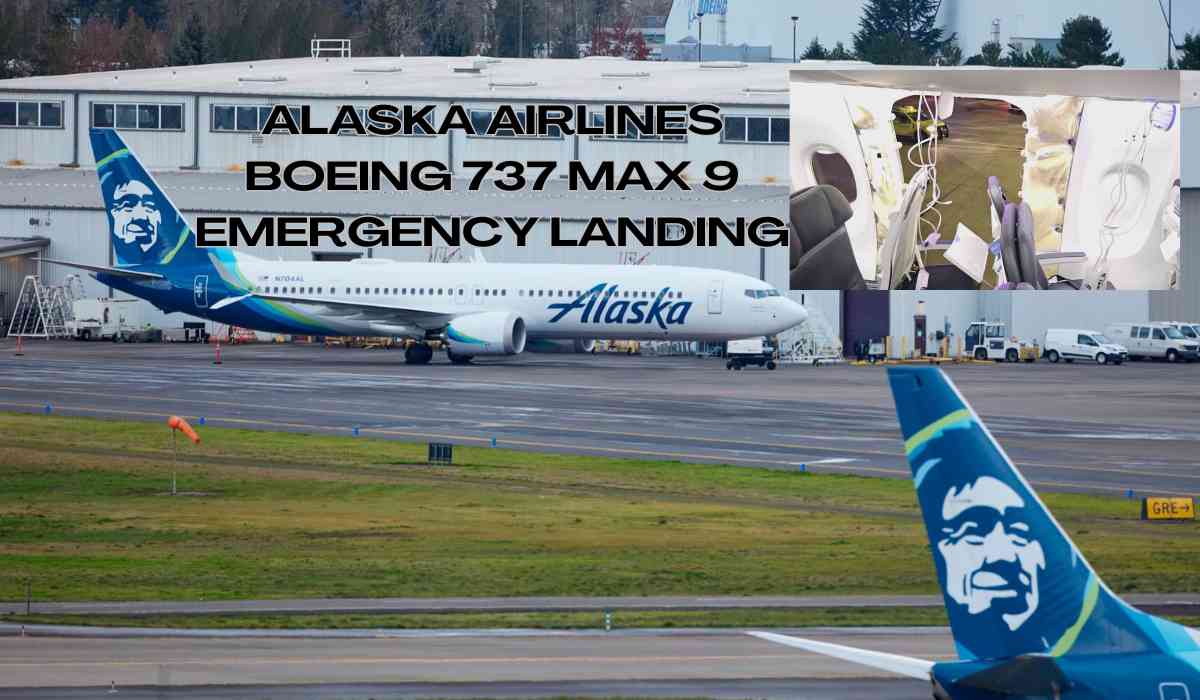Alaska Airlines is currently going through a tumultuous phase following a terrifying incident on one of its Boeing 737 Max 9 flights that caused the Federal Aviation Administration (FAA) to demand emergency inspections. After the horrific mid-flight event in which a portion of the plane's fuselage was blown off, the airline issued a warning that these checks would take more time, indicating that there may be continued interruptions to flights.
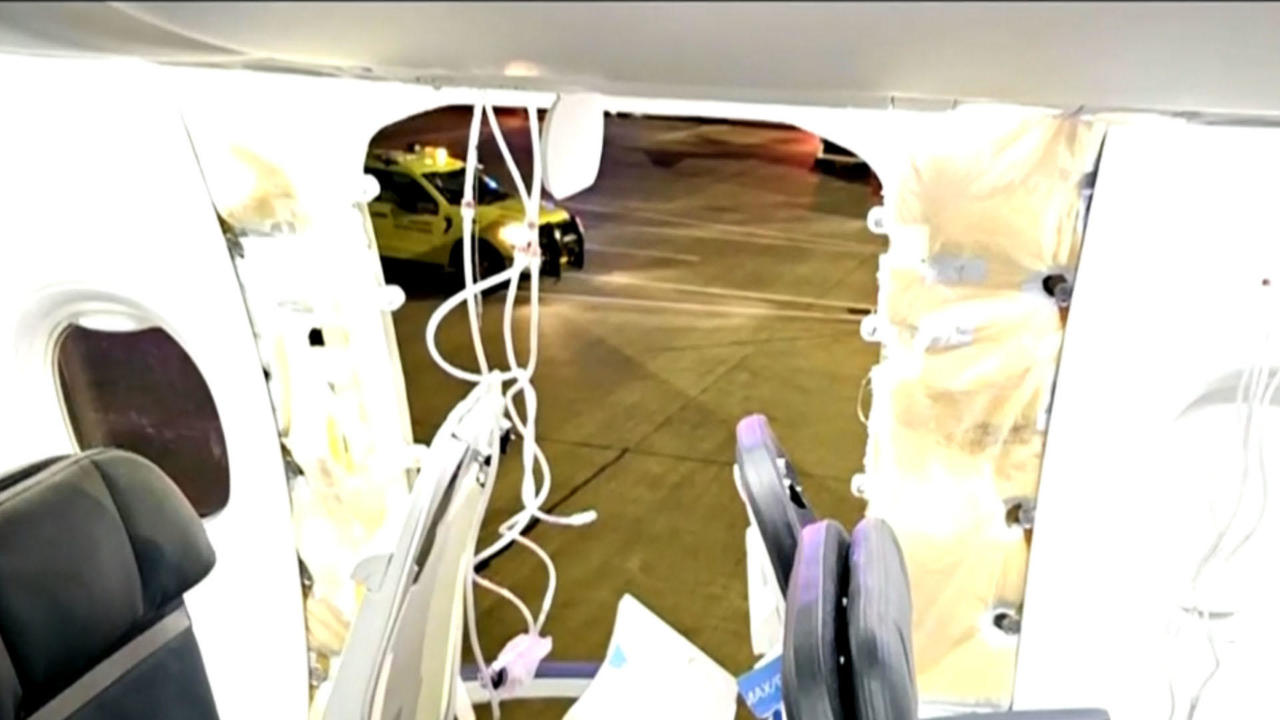
Warning of Flight Disruptions, Grounded Flights and Passenger Impact
The FAA's directive on Saturday grounded all Boeing 737 Max 9 aircraft until comprehensive inspections are conducted. Alaska Airlines had initially resumed operations with 18 of its 737-9 MAX planes after inspections. However, the airline swiftly withdrew these aircraft from service pending confirmation of additional maintenance requirements with the FAA.
In a statement on Saturday night, Alaska Airlines expressed the need for more time to align their inspections with the FAA's detailed specifications and the Emergency Airworthiness Directive (EAD).
This unforeseen development led to the cancellation of 160 flights affecting roughly 23,000 passengers by Saturday afternoon. The airline foresees more cancellations extending at least through mid-week and is actively identifying necessary cancellations for the following days, exacerbating the disruption for travellers.
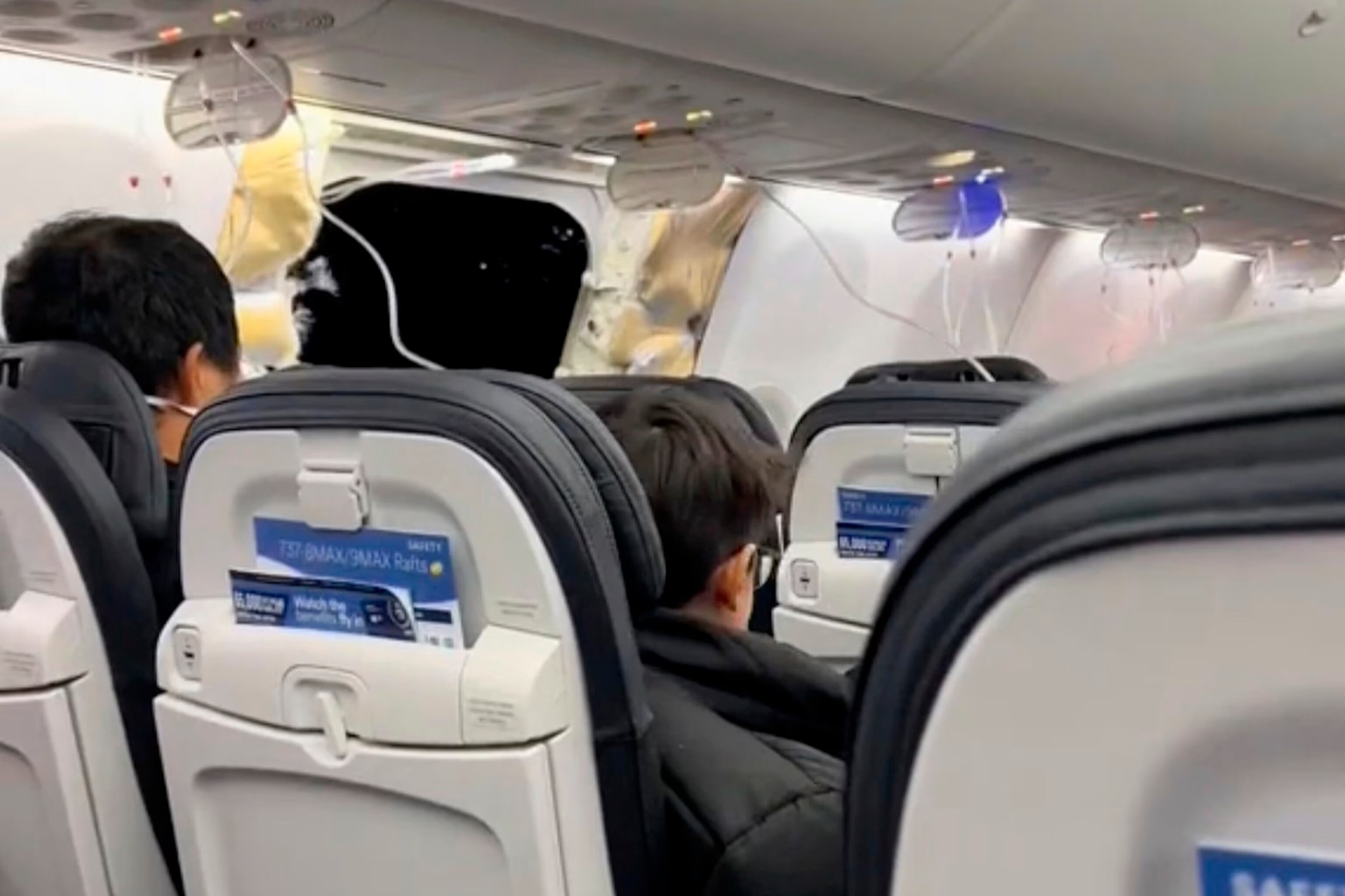
NTSB Investigation and Reassurance on Aviation Safety
Jennifer Homendy, Chair of the National Transportation Safety Board, emphasized that determining the cause of Friday's unsettling incident requires extensive investigation. Describing it as an "accident," not an "incident," she outlined a comprehensive inquiry, including scrutiny of maintenance and repair records.
Homendy also aimed to reassure travellers, emphasizing the robust safety measures in the U.S. aviation system. Despite the incident, she emphasized the country's status as the global safety benchmark, underscoring the commitment to maintaining and enhancing these standards.
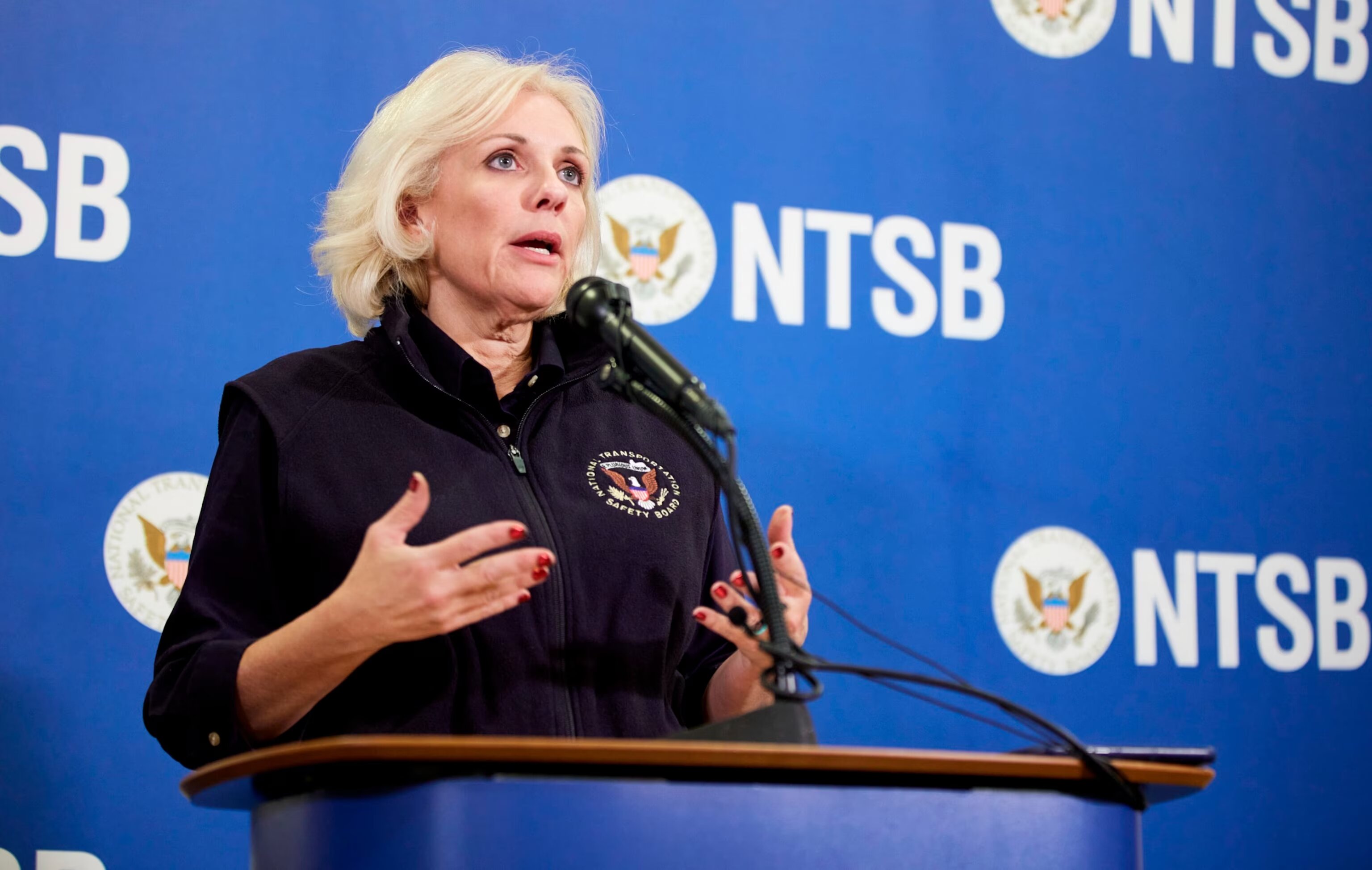
FAA's Directive and Industry Response
The FAA's unprecedented move to temporarily ground Boeing 737 Max 9 aircraft, the same model involved in the Alaska Airlines emergency landing, mandates meticulous inspections, estimated to take four to eight hours per aircraft. This directive affects approximately 171 Boeing 737 Max 9 jets.
Boeing, acknowledging the FAA's decision, affirmed its support for immediate inspections, prioritizing safety. United Airlines also suspended service on select Boeing 737 Max 9 planes to conduct the necessary FAA-required inspections, leading to about 60 cancellations.
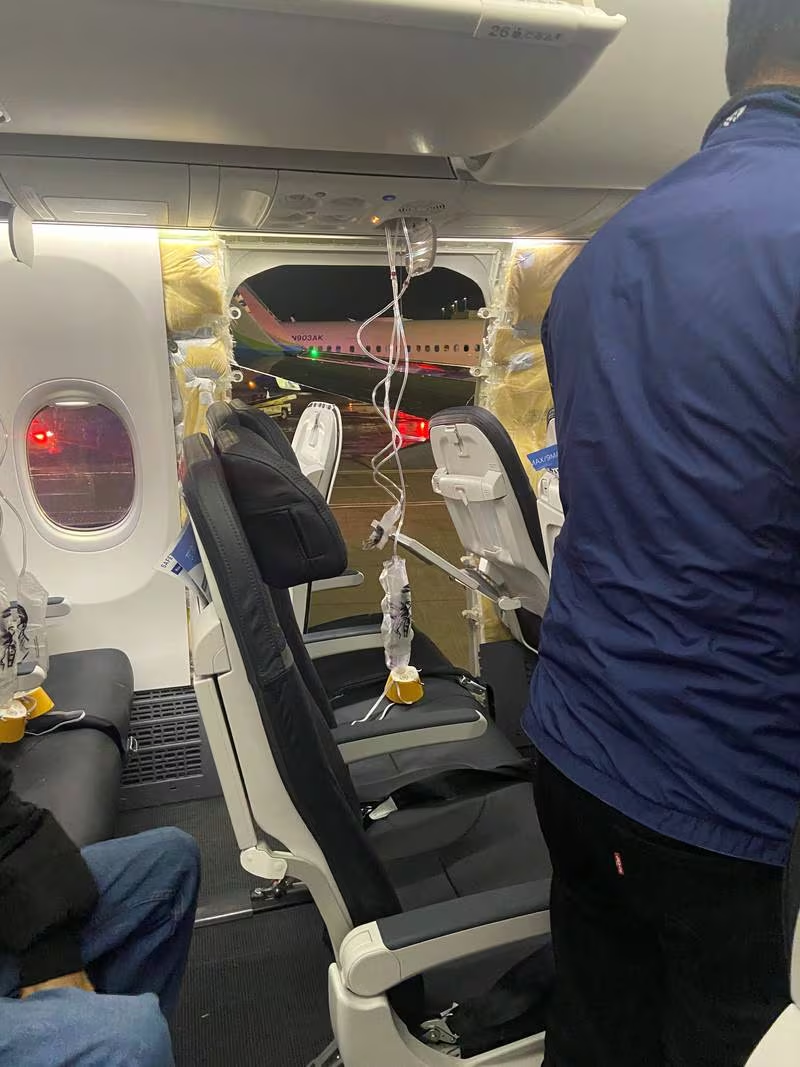
Alaska Airlines Flight 1282: Unfolding the Incident
The alarming episode on Alaska Airlines Flight 1282, en route from Portland to Ontario, California, forced a safe return to Portland International Airport due to a reported pressurization issue. Witness accounts revealed a panel of the fuselage, including a window, dislodged post-takeoff, triggering the deployment of oxygen masks.
Fortunately, the prompt response led to no serious injuries, with minor injuries attended to upon landing. A passenger's video displayed the exposed section of the fuselage, missing where a window would have been, depicting the intensity of the incident.
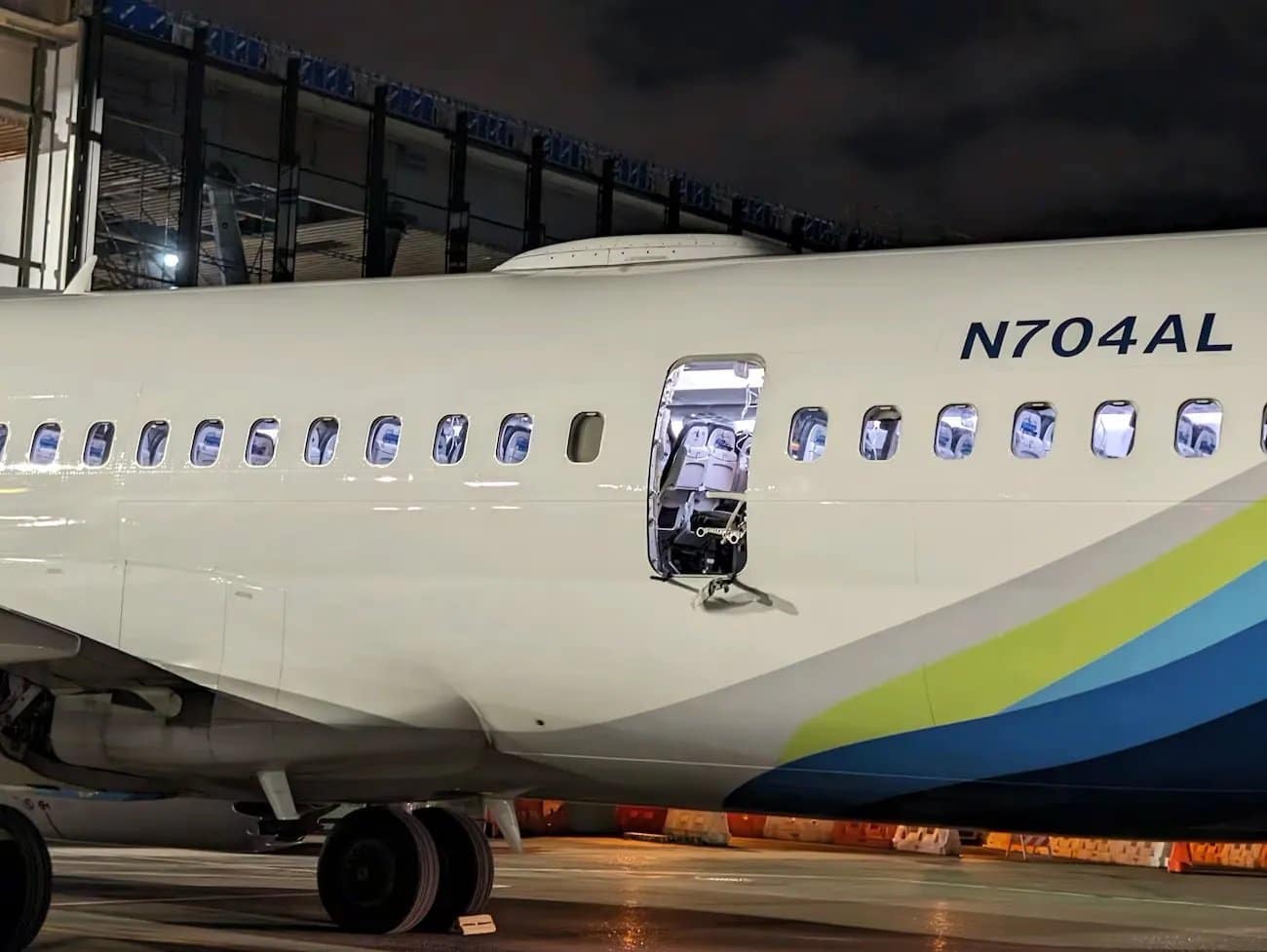
Investigators' Efforts and Passenger Accounts
NTSB requested public assistance in locating the dislodged plane part, while accounts from passengers provided harrowing details of the event. Passengers described a sudden noise, oxygen masks deployed, and the chaotic moments that followed.
One passenger recounted the immediate alertness to the emergency, using a pre-arranged code word for family, while another highlighted the reassuring support from fellow passengers and crew amidst the tense situation.
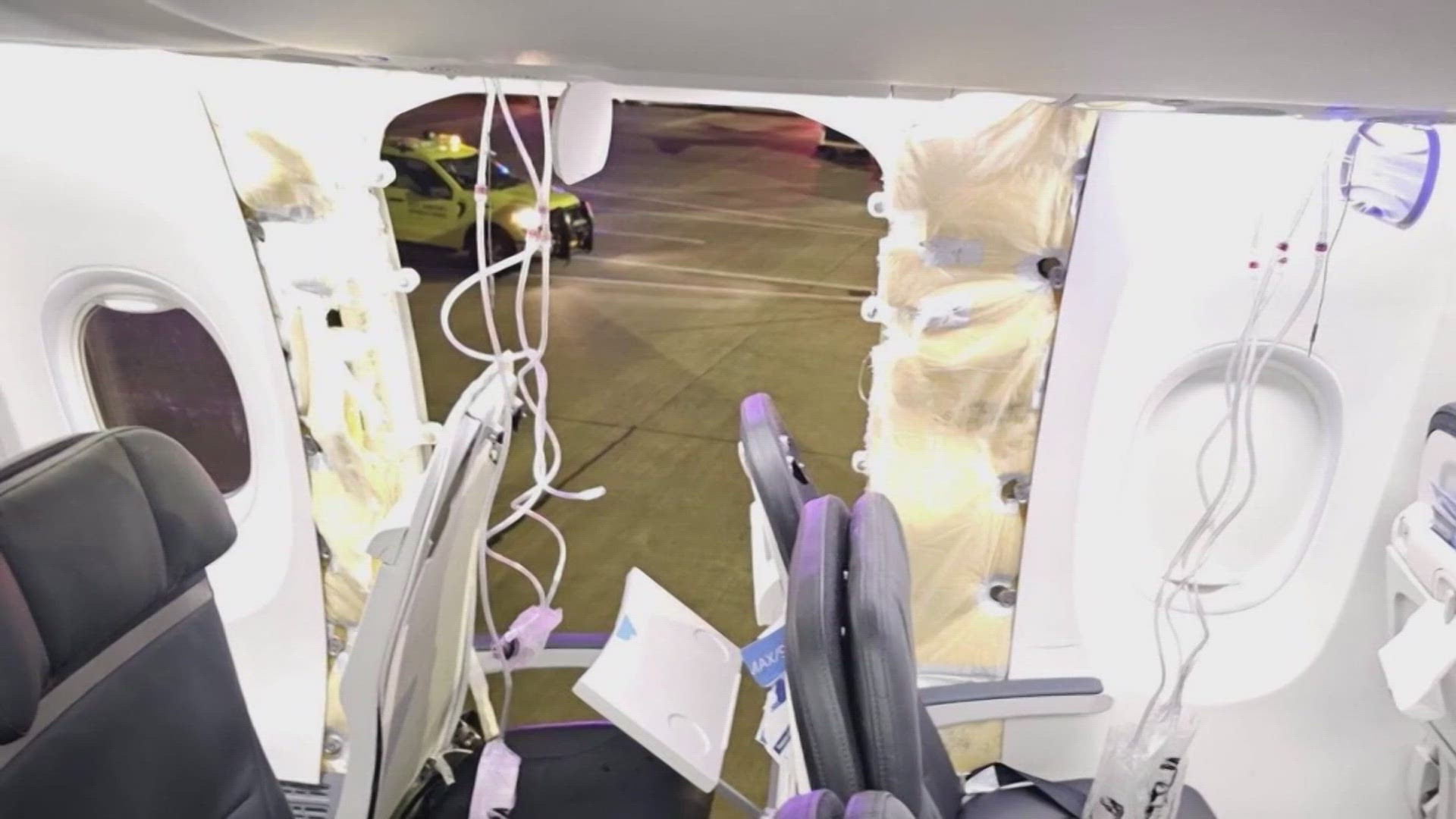
Ongoing Scrutiny and Boeing's Past Issues
The incident raises concerns amid prior issues involving Boeing's 737 Max jets. Though separate from the recent event, previous quality control concerns and engineering problems necessitated inspections across the entire fleet.
Boeing's history of manufacturing and quality issues, including the grounding following fatal crashes, casts scrutiny on its oversight practices. The company's ongoing efforts to address these concerns remain pivotal in upholding aviation safety standards.
While the exact cause of the Alaska Airlines incident is under investigation, the immediate priority lies in ensuring comprehensive inspections and reassurance for travellers, affirming the unwavering commitment to aviation safety standards.
(With agency inputs)
Image Source: X
© Copyright 2023. All Rights Reserved Powered by Vygr Media.

